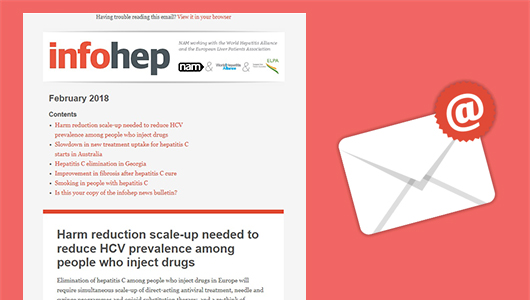Cases of severe acute hepatitis in children are being reported in an increasing number of countries and the cause is unknown, the World Health Organization (WHO) said on Saturday.
A total of 169 cases of acute severe hepatitis in children had been reported in eleven countries by 21 April. The children affected range in age from one month to 16 years old.
So far, one death and 17 liver transplants have been reported as a result of the hepatitis outbreak, WHO revealed on Saturday.
Most cases have been reported in the United Kingdom (114), where the condition was first identified.
The syndrome presents in the form of acute hepatitis with elevated liver enzymes. In many cases gastrointestinal symptoms such as abdominal pain, diarrhoea and vomiting have preceded the development of severe hepatitis. AST and/or ALT levels above 500 IU/ml have been accompanied by jaundice. Fever is absent in the majority of cases.
Viral hepatitis has not been detected in any of the cases and all the children presenting with the syndrome were described as previously healthy.
WHO says that “other infectious and non-infectious explanations need to be excluded to fully assess and manage the risk.”
Several working hypotheses are being investigated, including the possibility that a lack of prior adenovirus exposure due to the COVID-19 lockdowns may have left children more susceptible to the effects of resurgent adenovirus infections. The UK has observed an increase in adenovirus infections in the community in recent months.
Another possibility is that prior SARS-CoV-2 infection or another viral infection could result in a severe reaction to infection by another virus. A novel pathogen cannot be ruled out.
Alternatively, the syndrome may have a non-infectious cause, either a drug, toxin or environmental exposure. The vast majority of affected children were not vaccinated against SARS-CoV-2. Therefore, hypotheses linking the events to side effects of COVID-19 vaccines are not supported.
The UK Health Security Agency (UKHSA) has issued a technical briefing on cases reported to date in England. The agency has also issued guidance to clinicians on reporting of cases and standardisation of testing to assist investigation into the causes of the syndrome.





Connect with infohep on Facebook: Keep up to date with all the latest news and developments.
Follow infohep on Twitter for links to news stories and updates from infohep.org. Follow us at www.twitter.com/infohep.
Follow all the infohep news by subscribing to our RSS feeds.